Picture this: you come out of your house, the coffee shop, or work to find your beloved bike is missing. You’ll most likely stare in disbelief, willing it to reappear before your eyes as that sinking feeling settles into your stomach. Having your bike stolen is a terrible feeling, but unfortunately it’s a common one for cyclists around the world. Once you’ve accepted the fact that this has really happened, then it’s time to take action. No time to despair about the condition of humanity or reminisce about all those good times you had with your trusty ride. There may just be some hope at the end of the tunnel– here’s what to do if your bike is stolen.
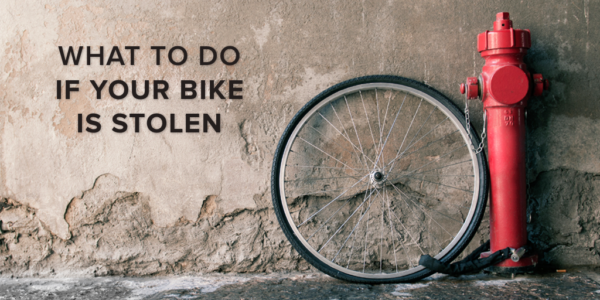
What to do if your bike is stolen
Step 1: File a Police Report
You need to gather as much information as you can and either have an officer come take down the report, or head to the nearest station and do it yourself. You’ll need the make, model, and colour of your bike, as well as the serial number. If you don’t know your serial number, go take a look right now! Take a photo of it, write it down, and make sure you never lose it. If your bike has been stolen and you don’t have the serial number it will be much harder to track your bike down with absolute certainty. You should also include some photos of the bike with any distinguishing features with the report. Check the area for any security cameras that may have a view of where the theft took place, and see if you or the police can gain access to them.
 Step 2: Register the Bike Online
Step 2: Register the Bike Online
The internet is a wonderful tool that needs to be used to your advantage at this time! See if there are any local registries available to you, and also put your bike up on Bike Index or SafeBikes.org. You’ll want to include the same info you included in the police report, being as detailed as possible. These databases can be used by police, and individuals to keep an eye out for your bike. Before you buy a secondhand bike, it is always a good idea to check online databases to ensure the bike was not stolen.
Step 3: Search Local Ads
This can be a full time job, but it can pay off big time. Keep an eye on Craigslist, local buy and sell groups, and any other platforms that a thief may use to try and sell your bike. Check out local flea markets and pawn shops. If you happen across your bike, don’t accuse the seller! Try to get as much information (address, phone number, etc) from the seller before handing it over to the police.
Step 4: Get Social
Spread the news about your stolen bike on all your social channels. The more people who are aware and can keep an eye out, the better chance you have of recovering your bike. Share a photo of you and your bike and get your friends to share it. These things can really pick up momentum, making it difficult for the thief to get away with selling the bike online.
Follow these steps and you may just be reunited with your bike. If not, it is a major setback, but don’t let it taint your love for the sport. Check out some of the things you can do to prevent your bike from being stolen, and always remember to write down your serial number!
Preventative Steps
Step 1: Use a quality bike lock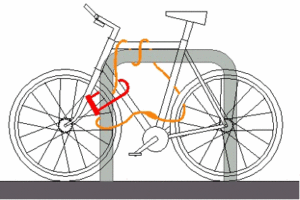
When you’re buying your bike, helmet, and everything else, a bike lock can be low on the priority list. Don’t be tempted by cheap bike locks! You’ll suffer a much larger loss if your bike is stolen, so do your research on some of the best bike locks out there. You typically want to stay away from thin cable locks.
Step 2: Always secure your bike before you leave
It’s tempting to just lean your bike up outside the store if you’re running in for some milk, but it only takes a couple seconds to steal a bike. Always lock your bike up, or better yet bring it inside with you whenever possible. As for at your home or apartment, always keep your bike either inside a shed or a bike lock up. Using a bike cover can also help your bike keep a low profile should bike thieves be scoping the area.
Step 3: Strava safety
If you are a Strava user, use the settings to create a privacy perimeter around your home or work place. You don’t want these places showing up on your ride maps as your start and finish points, as that can be an easy target for bike thieves. If you commute to work everyday, switch up where you leave your bike so it is less likely to be noticed and targeted.
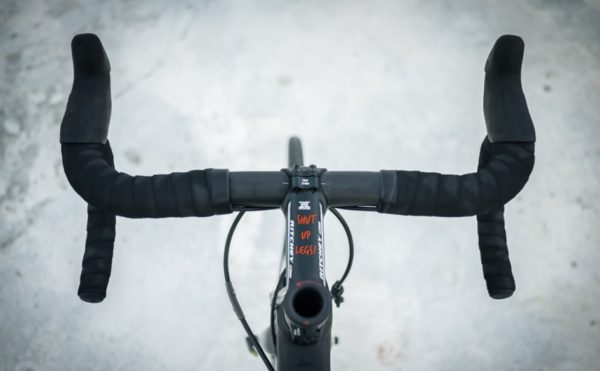
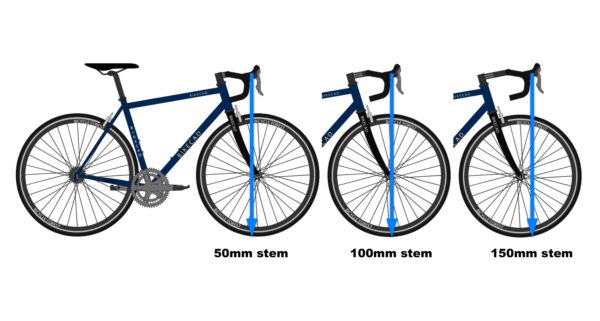
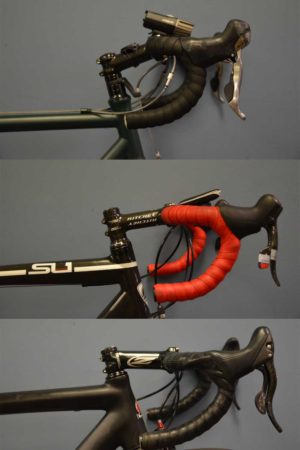

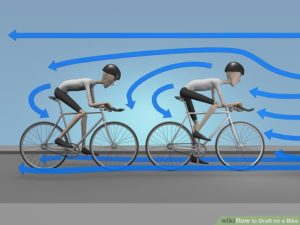
 Drafting in cycling on group rides or in races also plays tricks on your mind. Have you ever gone out and ridden on your own, perhaps to a group ride, and felt like you couldn’t push yourself? And then when you get on a group ride, you feel like superman or superwoman? This is because 90% of riding is
Drafting in cycling on group rides or in races also plays tricks on your mind. Have you ever gone out and ridden on your own, perhaps to a group ride, and felt like you couldn’t push yourself? And then when you get on a group ride, you feel like superman or superwoman? This is because 90% of riding is 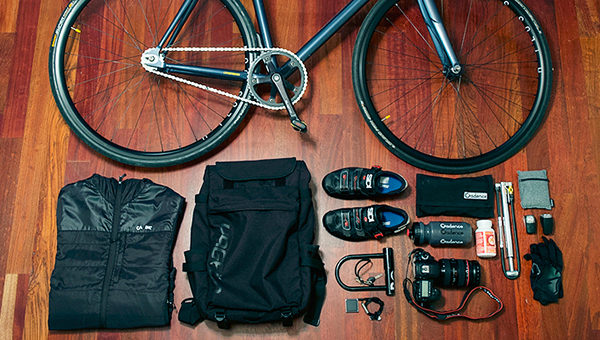
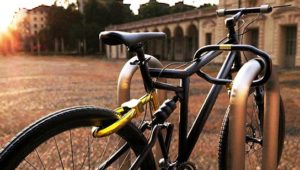
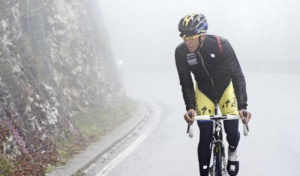
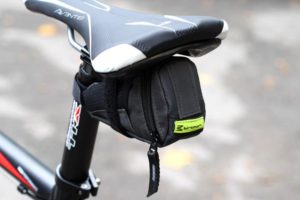
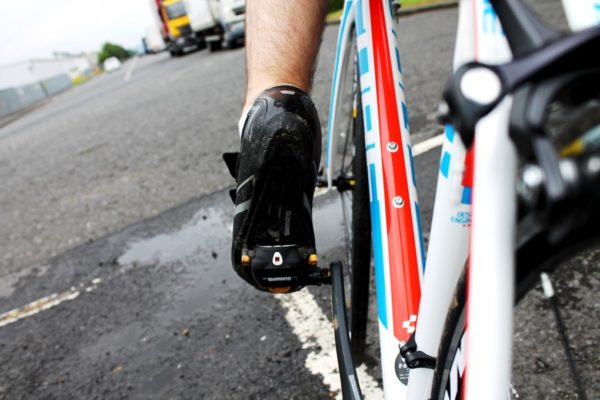
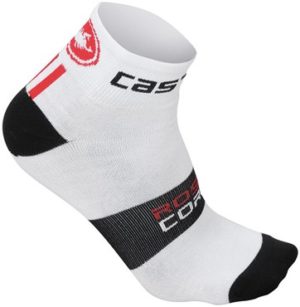
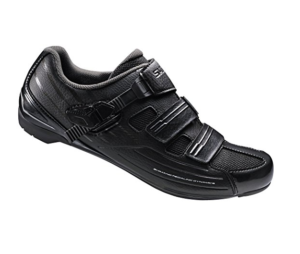
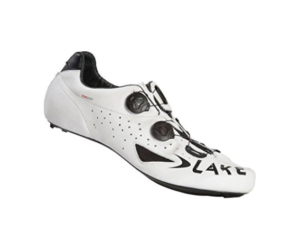
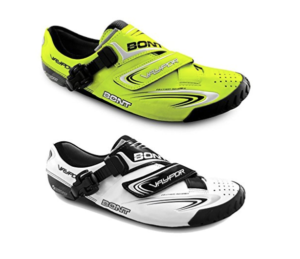
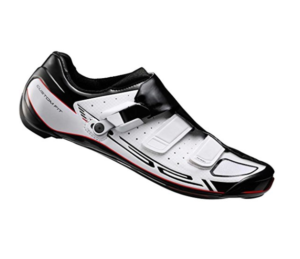
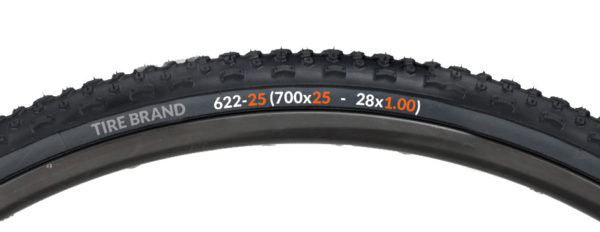
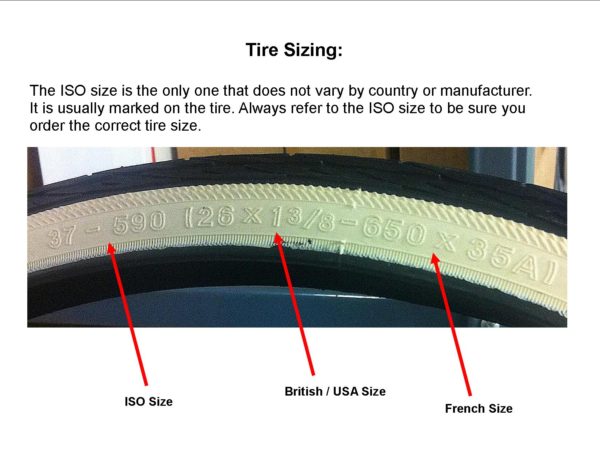
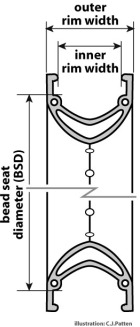
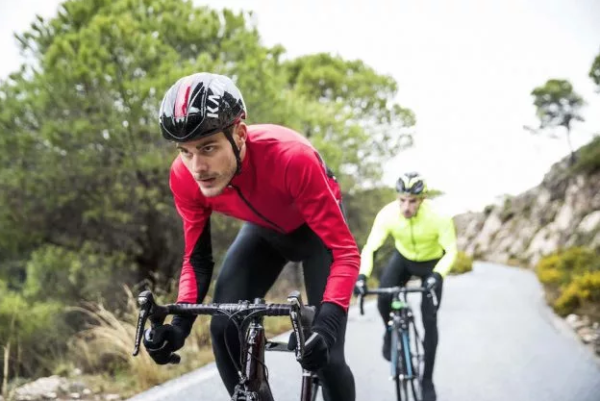
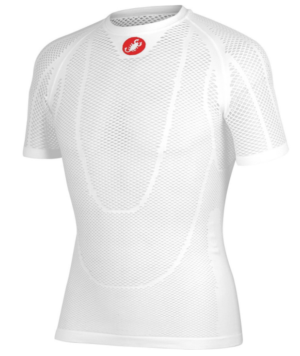
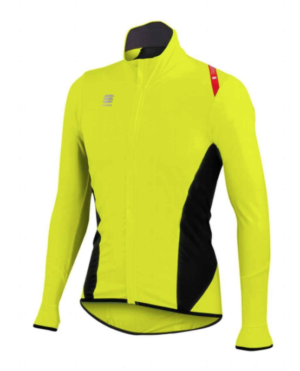
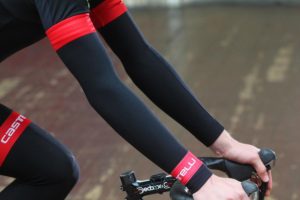
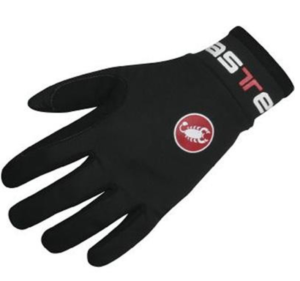

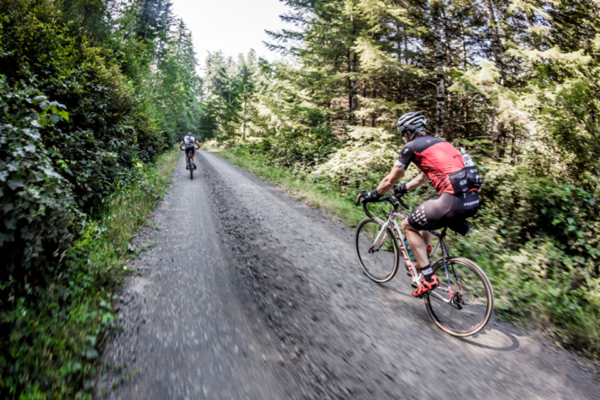
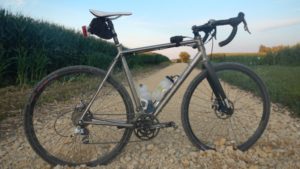 Step 1: The Gear
Step 1: The Gear
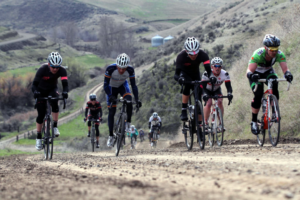

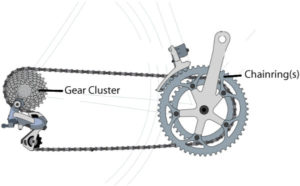
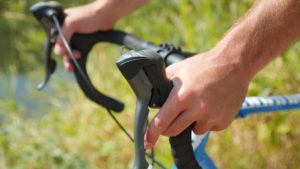 If you are totally new to cycling and aren’t sure how to physically change the gears, check out our article on “
If you are totally new to cycling and aren’t sure how to physically change the gears, check out our article on “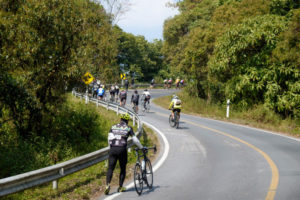 rear gears before touching your front chainrings.
rear gears before touching your front chainrings.

